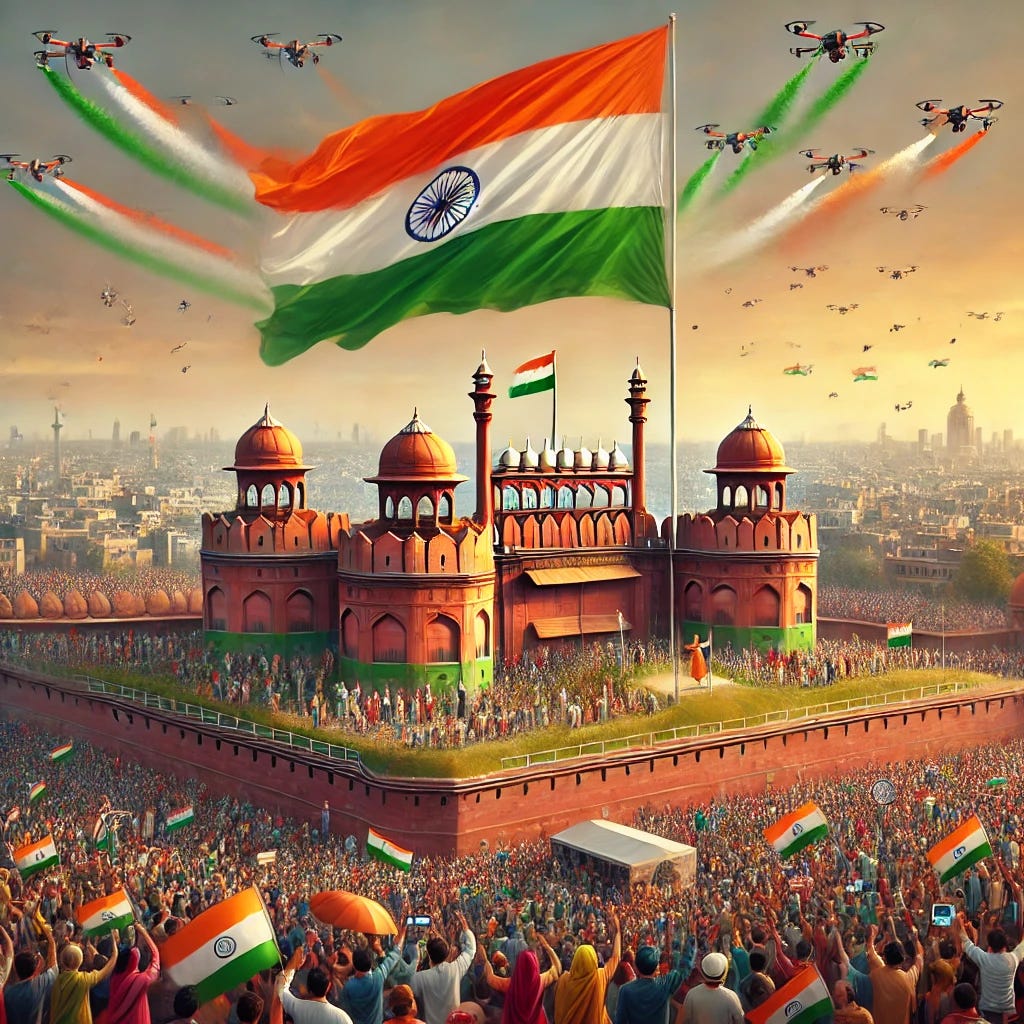Little-Known Facts about Indian Independence Day
The Difference Between Hoisting and Unfurling the Tricolour.
Little-Known Facts about Indian Independence Day
Date of Independence: India was originally slated to gain independence on 15th August 1948. However, the date was advanced to 15th August 1947 due to concerns about the security situation in the subcontinent.
Lord Mountbatten's Role: The choice of 15th August as the date of independence was partly influenced by Lord Mountbatten, the last Viceroy of India, who chose it because it was the same day in 1945 that Japan surrendered to the Allied Forces, marking the end of World War II in the Pacific.
Simultaneous Independence and Partition: While India celebrates 15th August as Independence Day, this date also marks the partition of the country into India and Pakistan, which was granted its independence a day earlier. The partition was a direct consequence of the Independence, leading to one of the largest migrations in human history and significant communal violence.
First Speech by Jawaharlal Nehru: Jawaharlal Nehru's famous "Tryst with Destiny" speech was actually delivered at the stroke of midnight on 14th August 1947, just as India was about to step into its first day of independence.
No National Anthem on the First Independence Day: While "Jana Gana Mana" was composed by Rabindranath Tagore in 1911, it was not officially adopted as the national anthem until 24th January 1950. On the first Independence Day, there was no officially designated national anthem.
The Indian National Flag's Evolution: The current tricolour flag was adopted on 22nd July 1947, a few weeks before independence. Before this, various versions of the flag had been used during the struggle for independence, including the one hoisted by Madam Bhikaiji Cama in Germany in 1907.
First Independence Day Celebration: On the first Independence Day in 1947, the celebration was more muted and introspective, as the country was dealing with the immediate aftermath of partition and widespread communal violence.
Difference Between Hoisting and Unfurling the Tricolour
The distinction between hoisting and unfurling the tricolour lies in the context and the symbolism of the event.
Hoisting the Flag:
Context: Hoisting the flag is done on Independence Day (15th August).
Symbolism: On this day, the flag is raised to the top of the flagpole as a symbol of India's emergence as an independent nation. The act of raising the flag from its base to the top signifies the nation's rise to independence from colonial rule.
Performer: The Prime Minister of India hoists the national flag at the Red Fort in New Delhi on Independence Day.
Unfurling the Flag:
Context: Unfurling the flag is done on Republic Day (26th January).
Symbolism: On Republic Day, the flag is already in its place atop the flagpole and is simply unfurled to signify the sovereign status of India as a republic. The flag remains at the top of the pole and is unfolded, not hoisted from the base.
Performer: The President of India unfurls the flag at Rajpath (now Kartavya Path) in New Delhi on Republic Day.
In essence, hoisting the flag signifies the struggle and achievement of independence, while unfurling the flag reflects the sovereign nature of the nation as a republic.
Towards a Brighter Tomorrow
Independence was not merely an event but a monumental milestone in the journey of our nation—a journey that continues as we strive towards becoming a truly developed nation, where every citizen, irrespective of caste, creed, or gender, can thrive in an egalitarian and non-sectarian society. The path has been fraught with challenges, both internal and external, that test our resolve and unity.
Yet, as we stand on the cusp of the 78th Independence Day, we are filled with robust optimism, for the spirit of India remains unyielding. With each challenge we overcome, we inch closer to the India of our dreams—prosperous, inclusive, and strong. Let us renew our pledge to work tirelessly, with dedication and unity, to build a future worthy of the sacrifices made by those who fought for our freedom.





Tryst with the destiny speech by India's first PM Nehru...
Listen to Tryst With Destiny by University of Cambridge on #SoundCloud
https://soundcloud.com/university-of-cambridge/tryst-with-destiny?ref=clipboard&p=a&c=0&si=f38b97b842574c73a6877c0bd3bd58fd&utm_source=clipboard&utm_medium=text&utm_campaign=social_sharing